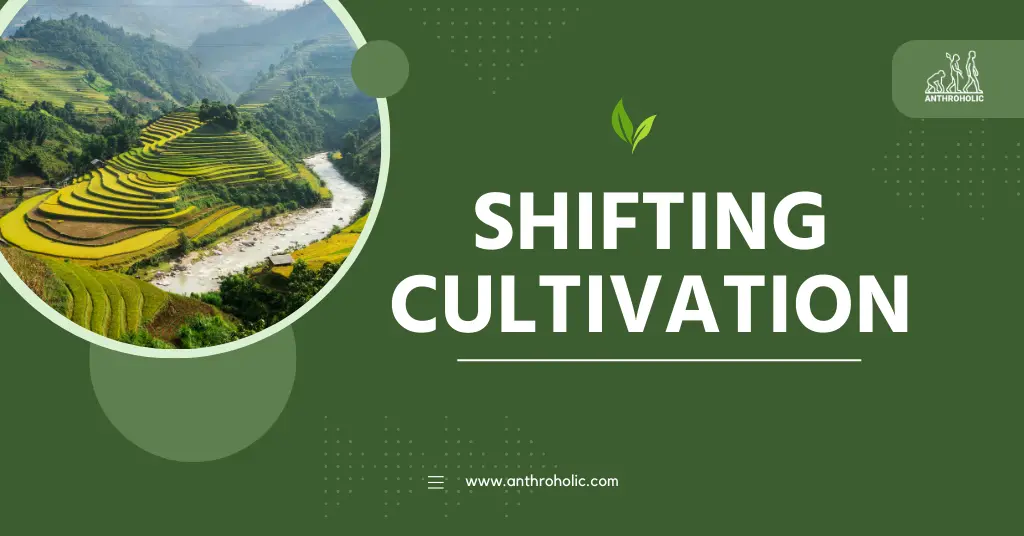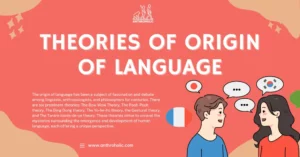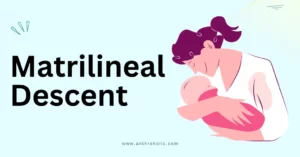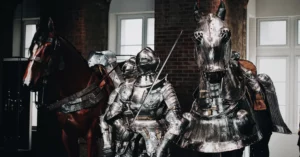AI Answer Evaluation Platform Live Now. Try Free Answer Evaluation Now
Shifting Cultivation
Shifting cultivation, often referred to as swidden agriculture or slash-and-burn farming, is a traditional agricultural practice that involves the rotation of fields rather than crops. Predominant among indigenous populations, it continues to be a prevalent mode of subsistence in various regions worldwide, particularly in tropical rainforest areas of South America, Africa, and Southeast Asia [1].

The Practice of Shifting Cultivation
In shifting cultivation, farmers clear a piece of land, typically by cutting down vegetation and subsequently burning it. This process improves the soil’s fertility by releasing the nutrients tied up in the vegetation. Once the land is prepared, it’s used to cultivate crops.
Stages Involved
- Selection of Site: A piece of forest land, rich in vegetation, is chosen.
- Slashing: The selected vegetation is cut down.
- Burning: The slashed vegetation is left to dry and then burned.
- Cultivation: The land is used to grow crops.
- Fallow Period: After a few years of cropping, the land is left fallow (unused) to recover its fertility [2].
Ecological and Cultural Importance
Ecosystem Services
Shifting cultivation is more than just an agricultural practice—it also offers ecosystem services like:
- Maintaining biodiversity: The patchwork of different stages of fallow and cultivated fields promotes biodiversity [3].
- Carbon sequestration: The fallow periods in shifting cultivation enable forests to regrow, which helps absorb CO2 from the atmosphere [4].
Cultural Significance
Shifting cultivation is deeply interwoven with the cultures of the people practicing it. It plays a significant role in:
- Ethnic identity: For many communities, shifting cultivation is a marker of ethnic identity.
- Rituals and ceremonies: The stages of shifting cultivation are often associated with specific rituals and ceremonies.
Challenges and Threats
Despite its importance, shifting cultivation faces several challenges:
- Deforestation and Climate Change: While this practice can promote biodiversity and carbon sequestration, it can also lead to deforestation and contribute to climate change when not managed sustainably.
- Population Pressure: Increasing population pressures reduce the fallow periods, preventing the land from recovering its fertility.
- Government Policies: Many governments view shifting cultivation as backward and destructive, promoting settlement farming and other land uses instead.
Table 1: Shifting Cultivation – Challenges and Impacts
| Challenge | Potential Impact |
|---|---|
| Deforestation | Climate Change |
| Population Rise | Land Degradation |
| Policy Shift | Cultural Displacement |
Conclusion
Shifting cultivation is an intricate tapestry of ecology, culture, and subsistence. It’s a testament to the human ability to adapt to diverse environments and integrate cultural practices with livelihood strategies. However, this practice is under threat from various fronts. It’s crucial to recognize its cultural and ecological value and ensure it can continue sustainably alongside modern agricultural practices.
References
[1] Conklin, H. C. (1961). The study of shifting cultivation. Current Anthropology, 2(1), 27-61.
[2] Brookfield, H., Padoch, C., Parsons, H., & Stocking, M. (2002). Cultivating biodiversity: understanding, analysing and using agricultural diversity. ITDG Publishing.
[3] Mertz, O., Padoch, C., Fox, J., Cramb, R. A., Leisz, S. J., Lam, N. T., & Vien, T. D. (2009). Swidden change in Southeast Asia: understanding causes and consequences. Human Ecology, 37(3), 259-264.
[4] Ziegler, A. D., Fox, J. M., & Xu, J. (2009). The rubber juggernaut. Science, 324(5930), 1024-1025.




